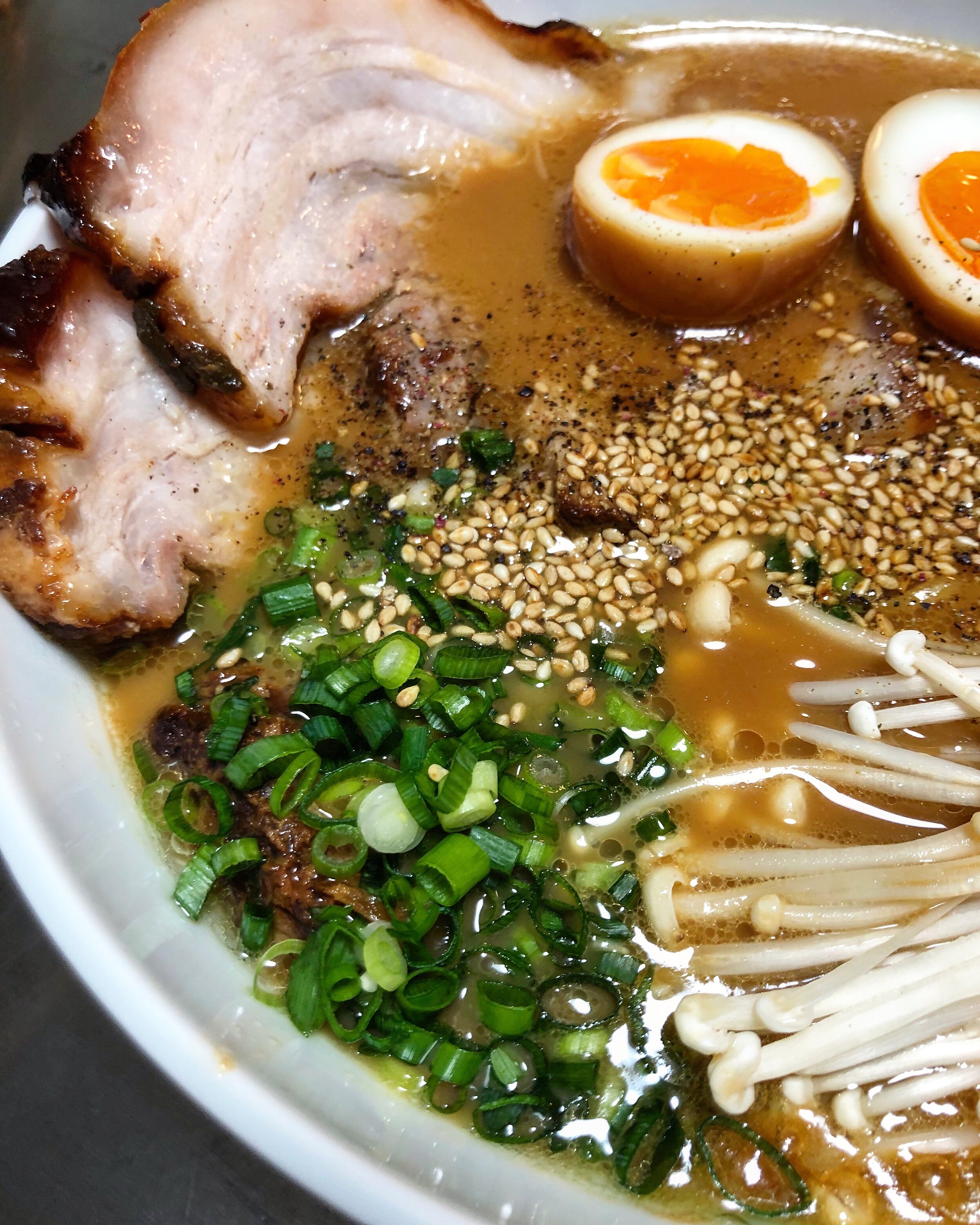Inari Douhachi Gomoku Udon in Kyoto
Tucked just off the main drag and only a few hundred feet from Inari Station sits a quiet Inari Douhachi, beckoning like shy, noodle haired siren from the depths of the Kyoto mixing bowl. As I approached, I noticed there was a line of people, only three or four, waiting outside and they were Japanese. A good sign by all accounts.
The doors slid open and out came two English speaking women. Surprised, the first said, “Oh there’s a line!” I looked over and asked, “Is it worth it?” She replied, “Oh yeah!” Her bright white smile gleaming against her flawless brown skin.
Her platinum purple gray haired companion appeared from behind her. Looking directly into my soul through giant round glasses she blurted, “It’s nostalgia. It’s been the same since I was a kid. The décor hasn’t changed since the seventies.” My feet buried themselves further into the ground, cementing my place in line. “Awesome. Thank you!”
A few minutes later, we sat down in a booth that would have been small for the average five year old. The back rest was rounded in a precarious area and the space under the table intended to store belongings smashed against my knees.
That chick was right, the décor was like something out of the seventies. Everything was this sort of gaudy, nothing-makes-sense sort of vibe. Even the sampuru, or food models, were yellowed with age. And smack in the middle of the restaurant was probably the cleanest little aquarium I’ve ever seen. It sat stark, and beautifully clear, begging for grimy fingerprints, amidst the yellowy everything.
Out came the English menu. Stiffly laminated, the menu included six noodle options each of them with their own peculiar shapes basked in hazy photography and smeared with White-Out. I decided on gomoku udon. Upon further research, gomoku means five ingredients. Carrot, cabbage, pork, egg, and onion made up this particular dish. And for those of you who might need some noodle clarification, udon is a thick wheat noodle, much thicker than ramen or spaghetti, for that matter.
Notes on taste: Surprisingly, the cabbage still retained a lot of its texture. The broth was well seasoned and had a hint of sweetness and bite of ocean from what must have been dashi which is a broth made from kombu (seaweed) and katsuobushi (dried bonito flakes). It was reminiscent of the juice from stewed green beans my grandmother used to make with ham hock, onion, and spices. It felt like it took all day, and maybe some of yesterday too. It felt like home.
The noodles, despite the incredibly hot temperature of the broth, still had a chew. And the pork slices were cut so thin they were nearly transparent. Every bite gave way to a new dimension of sweet, salty, earth, and sea, completely redeeming the uncomfortable seating arrangements.
At one point my brother nudged me and said, “Look. Did you see who’s in the kitchen?” I strained my eyes and peered through the small window to the kitchen and saw a little old lady, her back seized into a half circle, handing scalding hot bowls of udon through the window and onto a tray for the server to retrieve. I was overwhelmed with the dedication and consistency that went into not just her cooking or even her business model but her life. Seeing her, with her impossible posture, still slinging food, still keeping time and maintaining a happy customer base, still living and breathing and creating a legacy. It was powerful. What an honor it was to eat her food.
If you’re in Kyoto at any point, be sure to stop by Inari Douhachi. It’s listed on Google Maps as Inaridai Dohachi, but I refer to it here based on the name listed on their menu.
Tips to know before you go:
Bring cash! Inari Douhachi is cash only.
English menus are available.
Lunchtime is very busy so be prepared to stand in line if you decide to go in the afternoon.
Parking is non-existent. Take the train to Inari Station and walk. There are plenty of cool places to see along the way! Click the map below to start planning your trip!
Do you have another favorite spot in Kyoto or have you tried Inari Douhachi before? Just have something to say? Comment below!



